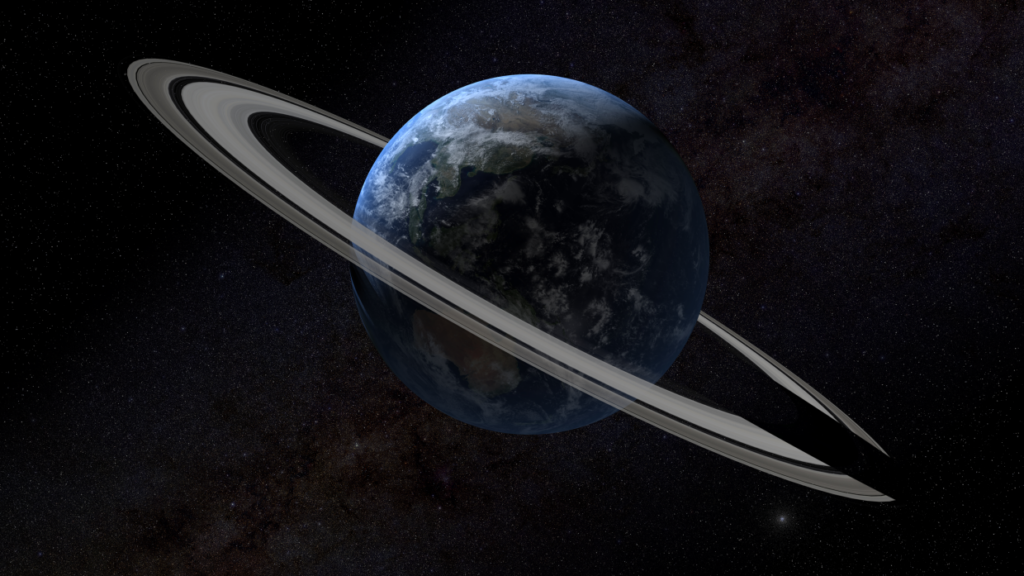In the Ordovician period, the Earth had a ring that resembled the rings of Saturn. The gradual deposition of its substance could have led to a mass extinction. This conclusion was reached by a team of researchers from Australia and the United States.

All major planets in the Solar System have rings, and there is a suggestion that Mars may have had a ring in the past. This raises the question, did the Earth have a ring in the past? An international team of researchers has attempted to answer this question. It drew attention to the so-called Ordovician impact spike: the increased frequency of chondritic meteorites falling to Earth in the middle of the Ordovician period (about 466 million years ago). A total of 21 craters associated with the event have been identified so far.
The Earth was originally thought to have been bombarded by debris from a 150-kilometer-long asteroid that was destroyed in the Main Belt in a collision. But after studying the distribution of the craters, scientists found that at the time of formation, they were all within 30° of the equator. At the same time, 70% of the Earth’s crust, which could potentially preserve traces of impacts, lies outside this band.
If the Earth had actually been bombarded by debris flying from the asteroid belt, the craters would have been randomly distributed. Therefore, scientists have come to the conclusion that the cause of the event could be an object captured by the gravity of our planet, which orbit lay below the orbits of geostationary satellites. Its height gradually decreased over time, before the asteroid crossed the Roche limit 466 million years ago. As a result, it collapsed and our planet gained a temporary ring. Its matter then gradually fell to Earth, forming chains of craters in equatorial regions.
If our planet did have a ring, it could have had an effect on its climate by blocking some of the sunlight, leading to a drop in temperature. Dust settling into the atmosphere and regular falling debris also contributed to the cooling. According to the authors of the hypothesis, all this could have provoked one of the most powerful glaciations in the last half a billion years, leading to the Ordovician-Silurian extinction. During its course, up to 85% of all marine animal species disappeared.
Curiously, at the time of the events described, Saturn didn’t have its famous rings yet. The results of recent studies suggest that their age doesn’t exceed 400 million years.
According to www.sciencedirect.com


